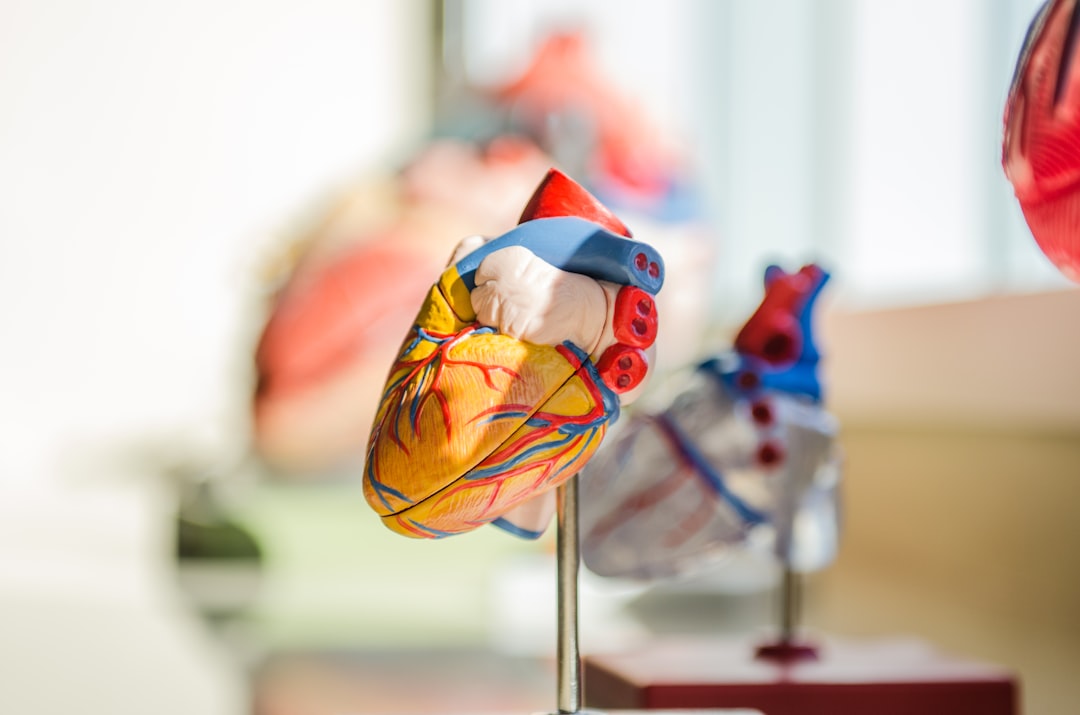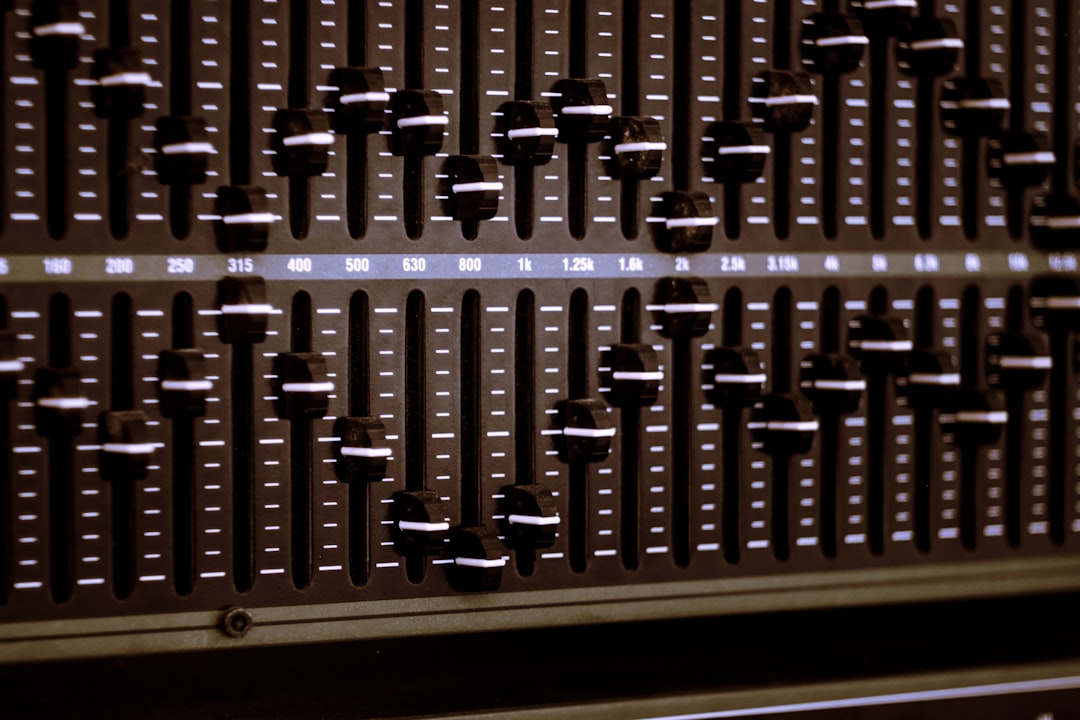What is it about?
Telangiectasias of the lower legs are intradermal dilatations of the subpapillary venous plexus.They represent a minor medical problem regarding prognosis and symptoms, but remain a challenge for the aesthetical treatment. Even if, several pathophysiological hypotheses like reflux, arterio-venous micro-shunts, parietal and connective tissue have been advanced, for many telangiectasias the pathophysiological mechanism remains still unclear. Most telangiectasias at the thigh present an “inverted” feeding reticular vein. How can reflux rise against the pressure gradient provoked by ground gravity? Moreover, their localization is opposite to that of the cutaneous alterations due to venous hypertension. Red and blue telangiectasias are both are veins. The red ones have just a smaller diameter. Why do red ones resist more to sclerotherapy? The different hypotheses are discussed and put in a clinical perspective. A better understanding of the different pathophysiological mechanism is important to improve treatment results and reduce recurrence.
Featured Image
Why is it important?
Publications and reviews about pathophysiology of telangiectasis are rare. This review, which also approaches the various historic hypotheses which were emitted, should help to have a broad overview of this subject. The purpose is to improve the understanding of the pathophysiological mechanism of telangiectasias, to identify areas where further research is required and the best methods of treatment of lower leg telangiectasis.
Read the Original
This page is a summary of: Pathophysiology of telangiectasias of the lower legs and its therapeutic implication: A systematic review, Phlebology The Journal of Venous Disease, February 2018, SAGE Publications,
DOI: 10.1177/0268355518756480.
You can read the full text:
Contributors
The following have contributed to this page










